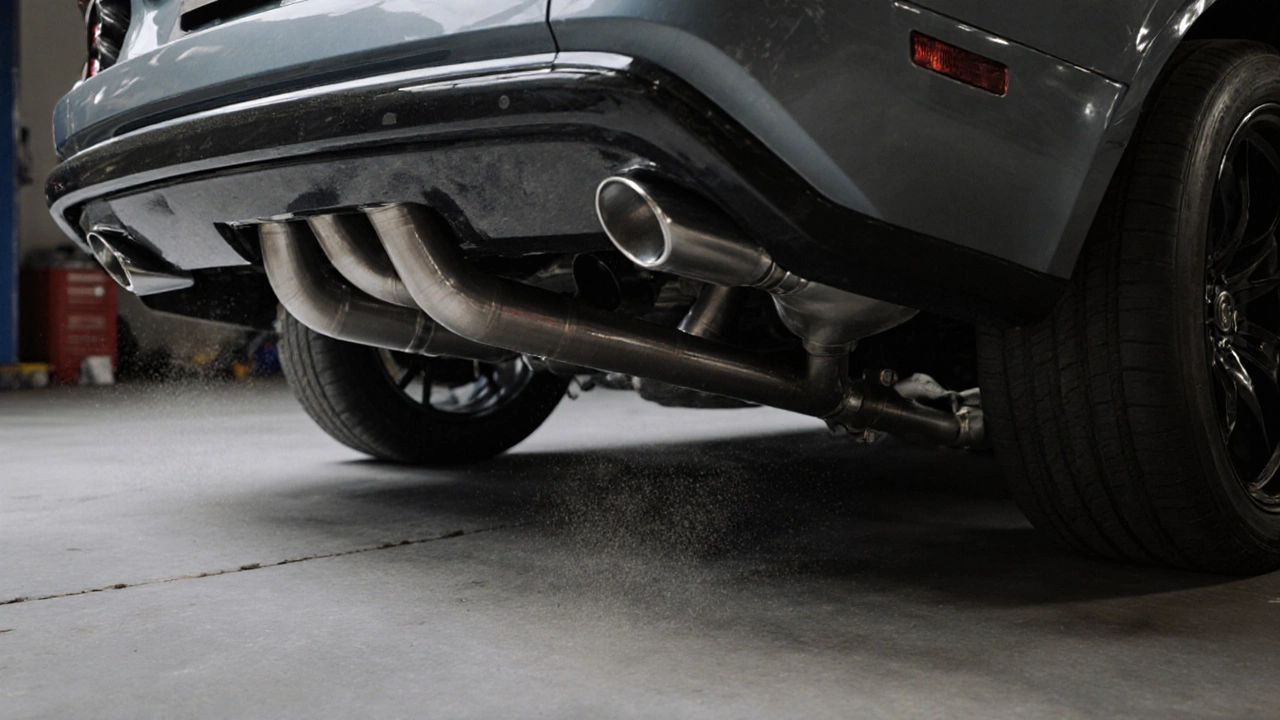Catalytic Converter: What It Does and Why It’s Crucial
When dealing with catalytic converter, a device fitted in the exhaust that transforms harmful gases into cleaner emissions. Also known as cat converter, it plays a key role in emissions control, the system that limits pollutants released by a vehicle. The converter sits inside the exhaust system, the network of pipes that guides engine gases out of the car, and its health is often checked during a vehicle inspection, a mandatory test that verifies road‑worthiness and compliance with emission standards. In short, the catalytic converter reduces carbon monoxide, hydrocarbons, and nitrogen oxides, making the air cleaner and keeping the car legal.
How It Works and What It Affects
Inside the converter, a ceramic honeycomb coated with precious metals like platinum, palladium and rhodium sparks a chemical reaction. When hot exhaust gases pass through, these metals break down toxic molecules into carbon dioxide, water vapor, and nitrogen. This process directly supports emissions control by cutting the amount of pollutants that reach the atmosphere. Because the reaction needs high temperature, a properly tuned engine and a healthy exhaust system are essential – otherwise the catalyst can become inefficient or even damaged. Drivers often notice a drop in engine performance if the converter is clogged, as back‑pressure builds and power is lost.
Many car enthusiasts upgrade their exhaust for a sportier sound or a small power gain, but those changes can interfere with the converter’s operation. Installing a high‑flow muffler or an aftermarket cat‑back system may alter gas flow, temperature, and oxygen levels, which in turn can affect the catalyst’s efficiency. That’s why warranty‑friendly mods usually include advice on how to keep the catalytic converter within safe operating limits. Ignoring these guidelines can void warranties, lead to failed emissions tests, and even cause costly repairs.
Keeping the converter in good shape is mostly about regular maintenance and early detection of problems. Common signs of trouble include a rotten‑egg smell, reduced fuel economy, and a rattling noise coming from the exhaust. A simple visual inspection during a vehicle inspection can reveal rusted or melted ceramic honeycombs. If the unit is clogged, professional cleaning or replacement is required – a new converter can cost from a few hundred to over a thousand pounds, depending on make and model. Some owners opt for performance‑oriented converters that promise better flow, but they must still meet legal emission standards.
Legal compliance is a big driver for many owners. In the UK, every vehicle must pass the MOT test, which includes an emissions check. A failed test because of a faulty or missing catalytic converter results in fines and the need for costly repairs before the car can be driven legally. Environmental regulations are getting stricter, so understanding how your converter works helps you stay ahead of future rules. Properly maintained converters not only keep you out of trouble but also reduce your carbon footprint.
Below you’ll find a curated selection of articles that dive deeper into related topics. From how performance exhaust upgrades interact with your converter, to warranty‑friendly modification tips, LED lighting swaps, interior styling tricks, and even the economics of car detailing – each piece offers practical advice you can use right now. Explore the collection to get a full picture of how the catalytic converter fits into the bigger world of car customization and everyday driving.
Learn what a straight pipe exhaust is, how it changes power, sound, legality and maintenance, plus tips for choosing size, material and installation.

